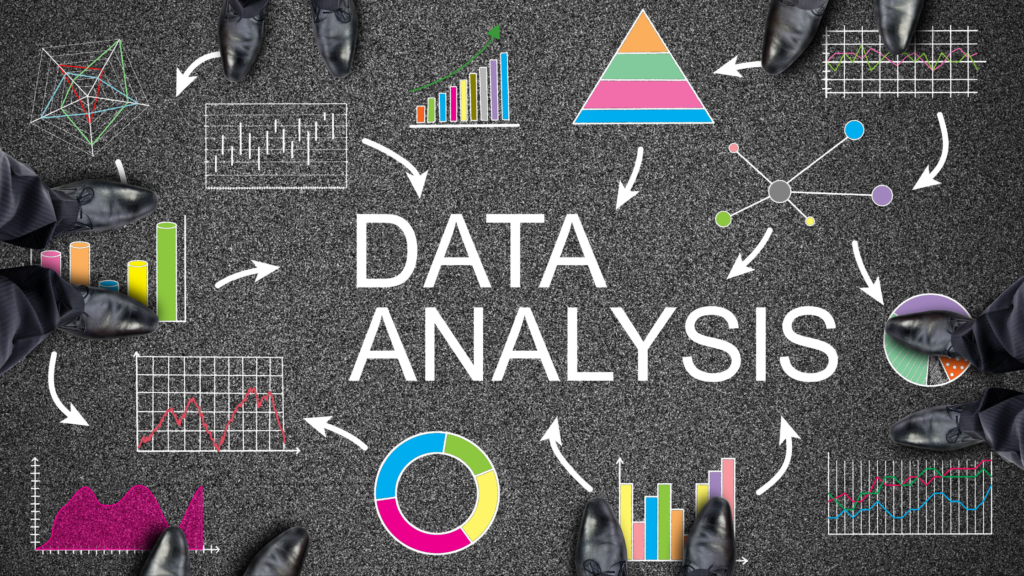Table of Contents
How AI is Changes Fraud Detection in Banking
Welcome to this edition of Data Science Demystified! In this issue, we’re focusing on a major problem in the financial world: fraud detection. Fraud in banking has increased a lot in recent years, costing banks billions of dollars.
However, banks now have a powerful tool to fight back: Artificial Intelligence (AI) and Machine Learning (ML). These technologies help banks spot fraud and manage financial risks faster than ever before.
In this edition, we’ll explore how banks are using AI and ML to detect fraud, examine the latest trends in AI, and discuss how these tools are changing the financial industry.

Explainable AI (XAI) in Fraud Detection
One of the challenges with using AI in fraud detection is that AI models often act like “black boxes.” This means they make decisions, like flagging a transaction as fraud, but it’s hard to know how they reached that conclusion. This is where Explainable AI (XAI) comes in. XAI helps make AI’s decisions more understandable by showing how the model arrived at a decision. This makes it easier for human analysts to trust and review fraud cases.
As you know, now companies like Google Cloud are working on creating AI systems that are explainable, so banks can rely on AI without losing transparency.
The Future of AI in Fraud Detection
AI technology is constantly evolving, and two trends are making fraud detection even more effective:
Adaptive Learning Systems
Traditional fraud detection systems look at past data to predict future fraud. However, as criminals come up with new tricks, these systems can fall behind. AI models with adaptive learning can adjust in real time to spot new fraud patterns, without needing constant updates from humans. This helps banks stay ahead of the criminals.
Collaborative AI Platforms
Banks are now using collaborative AI platforms that allow them to share information about fraud trends with each other. If one bank finds a new type of fraud, they can share that information with other banks quickly. This teamwork makes it easier for banks to fight fraud together, globally.
Using Big Data to Prevent Fraud
AI models for fraud detection depend on big data, which means analyzing huge amounts of information from different sources, like transaction histories and customer behavior. AI can spot fraud patterns that humans might miss by looking at all this data. For example, Mastercard processes over 75 billion transactions each year and uses big data to improve its AI models. This allows banks to stop fraud before it happens by being proactive.
Conclusion
Fraud detection in banking is rapidly improving thanks to AI and machine learning. As fraud becomes more advanced, AI continues to evolve, providing banks with fast, data-driven tools to keep customers and their money safe. The fight against fraud isn’t over, but with AI, banks are more equipped than ever to handle the challenge.
Join the Conversation
We want to hear from you! How do you think AI can continue to evolve fraud detection in the banking sector? Have you seen any promising developments or case studies? Join the conversation on LinkedIn or Twitter with the hashtag #AIFraudDetection, and let us know your thoughts. Your feedback can inspire new conversations in this exciting field.
#AIFraudDetection #MachineLearning #AIInBanking #FraudPrevention #BigData #ExplainableAI #TechInFinance #BankingSecurity #AITrends #DataScience #DataScienceDemystifiedDailyDose



